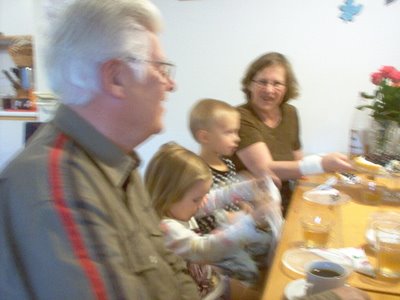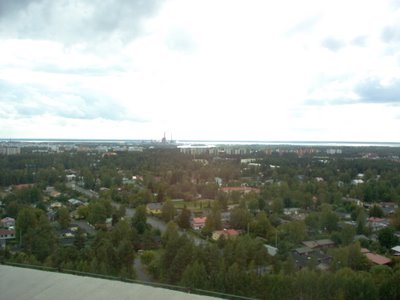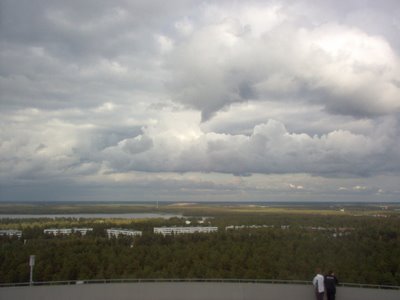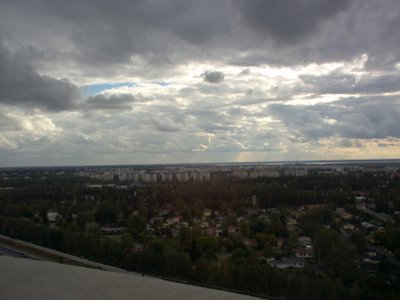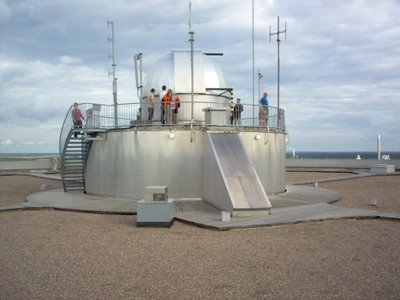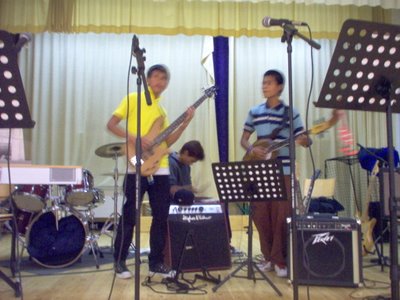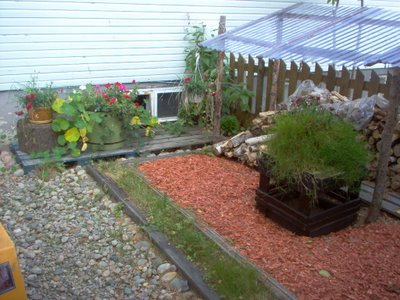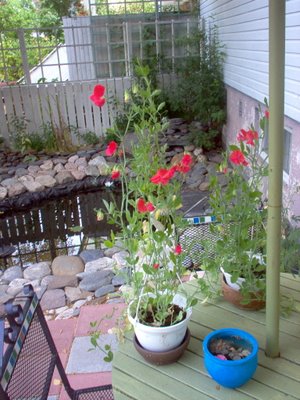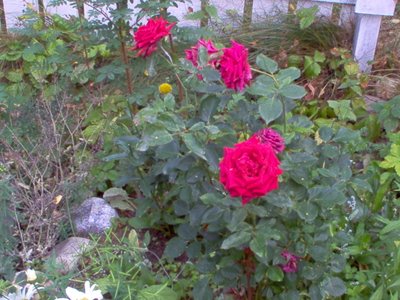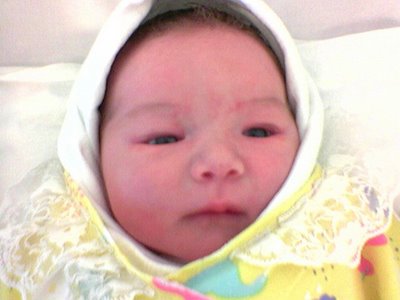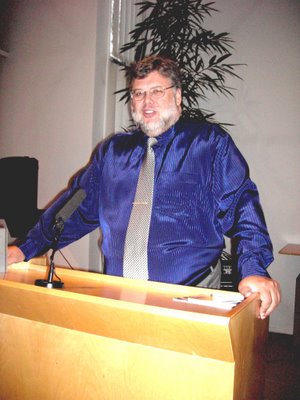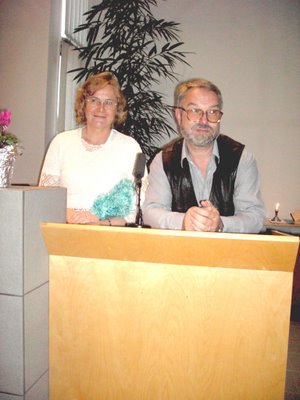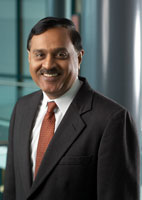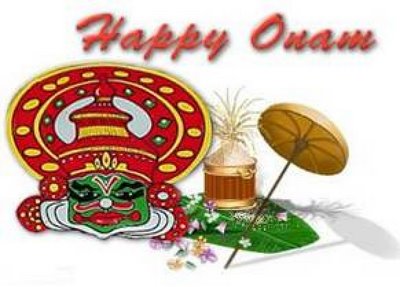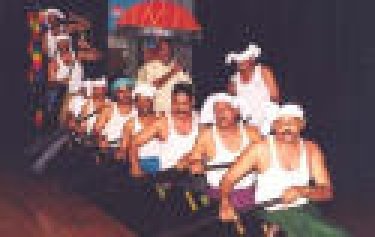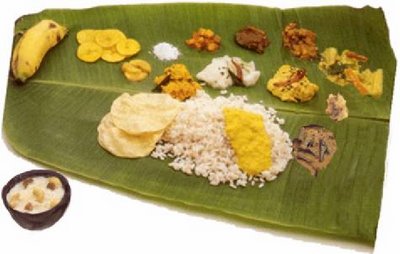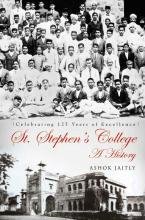As I opened the local newspaper today I noted the Orbituary Notice of one Jaakko Pöyry.

Many of you around the world would never have heard of this person. However, if you have been in the Forestry, Pulp and Paper industries, without doubt you would certainly have heard his name.
Why do I bring him up on my blog?
Many of you in India do not know of his catastrophic venture into the Indian Forestry, Pulp and Paper industry and the small part I played in saving the reputation of this International Giant.
I felt that now he has passed on, it is time to tell this story dating back to 1979.

Those were really the days when Annikki and me were young and highly motivated! (Nothing wrong with our motivation these days, but the focus is a little different!)
But first a little history about this outstanding individual - Jaakko Pöyry...
As the major part of my professional life was spent building a Consultancy Company, I probably appreciate the endeavours of Jaakko Pöyry more than others.
He was born in 1924 in the small village of Sodankylä in the very north of Finland to a pastor named Edvard Pöyry and his wife Fanny (née Salminen). He studied Mechanical Engineering at the Technical University and graduated in 1948. He started his career as a Design Engineer in the company Wärtsilä Oy. In 1958 he founded a consulting company with Jaakko Murto which was named Murto and Pöyry Oy. The name was changed in 1961 to Engineering Office Jaakko Pöyry and Co.
'
His consulting firm became the lead firm in the Jaakko Pöyry Group and was called as the Jaakko Pöyry Consulting Co. Ltd. He received many awards and titles and he was given an Honorary Professorship in 1985. The firm presently has a turnover in excess of Euro 600 million and the expert staff on the rolls probably are in the region of 6000.
He was married twice, first in 1947 to Gunnel Helander and then in 1983 to Helena Niku. He had a total of four children and he enjoyed playing golf and tennis.
However, his life's work around the globe was as a Consultant to the Forestry, Pulp and Paper Indiústries.
Now to the link to India and Annikki and me.
Mysore Paper Mills was started in 1936, under the guidance of my late grandfather Dewan Bahadur Kuriyan Matthan who was the First Member of the Privy Council (or now known as Prime Minister) in the State of Mysore ruled by one of the best Maharajas India has known, as a small paper factory producing writing paper.
In 1975-76, the then Director of Industries of the State of Karnataka, born out of the State of Mysore, Zaffar Saifullah had a grandoise scheme of establishing a factory to produce newsprint, which was in short supply in India.
In 1978, Jaakko Pöyry signed a contract to be the prime consultant to conduct the huge Mysore Paper Mills expansion at Bhadravathi. Several reports were prepared and the concept was based on the forestry of the area, mainly the high quality bamboo which was prevelant in the area, and the possibility of growing eucalyptus as an additional resource. The idea was to buy pulp from Australia till the forestry resources were established.
Bhadravathi is a town in the Shimoga District of Karnataka State, India. It is situated at a distance of about 255 kilometres from the state capital, Bangalore, and at about 20 kilometres from the district headquarters, Shimoga. It is also the headquarters of the Bhadravathi Taluk.
At the edge of Baba Bhudan Hills stands the town of Bhadravathi. Its population is estimated to be about 150000. The hills of Bhadravathi are an important source of iron-ore. In 1923, the Mysore Iron and Steel company set up a plant here. As a side process it had the wood distillation plants which is one of Asia's biggest. It presently produces nearly 136000 litres of distillate every day, the source of formaldehyde, methyl alcohol and calcium acetate. The plant with time has expanded its production, which includes iron castings and pipes, steel ingots, ferro manganese and tar products.
This area is also one of the major coffee growing region, here coffee was first grown in 1670 A.D. Our family coffee estates are situated in this region.
Through the Finnish Embassy, the engineers of Jaakko Pöyry Consulting Company assigned to india found that Annikki, a Finn, was living in Bangalore. When the team arrived there, about 10 engineers and their wives, some with their small children, they rang Annikki from the hotel where they were staying.
Immediately a bond was established between a few of those who were there. All of them turned to Annikki for guidance on how to live comfortably in India. They were located in Bhadravathi and used to travel for their major shopping to Bangalore once every few weeks. Annikki and I drove once to Bhadravathi to see that they were well settled in. Annikki also helped them get the best medical advice and services from my cousin and his colleagues who ran their own hospital.
One of the families, Yrjö and Maria Tuominen, had their young 12 year old son with them. There was no school for him in Bhadravathi. Annikki offered for young Kari to stay with us and to go to school with our son, Jaakko, at the Bishop Cotton's Boys School. The offer was accepted and young Kari became a member of our family in every way. We got him the school uniform and we soon had a young Finnish boy along with Jaakko at the school.
At that time we were between residences and lived in a tiny little outhouse near the centre of Bangalore. Despite the cramped conditions, Kari settled in and soon became a little Indian boy in almost all respects.

Antti Sorsa and his wife on one side and Irene (?) Friman
(a Greek of the famed Halwa family) on the other.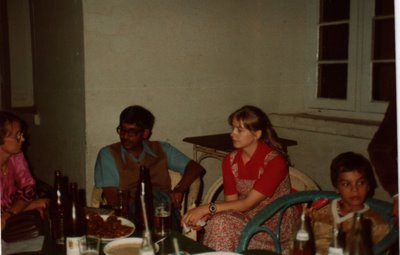
Every time the engineers and their wives came to Bangalore, Annikki and I used to host them at the Bangalore Club for an evening of merriment. Food and drink flowed and they enjoyed their respite from the harshness of Bhadravathi.
I introduced the engineers to Tata Consulting Engineers in Bangalore where my father was the Advisor, after his retirement as head of that company in Bombay. The Jaakko Pöyry group were surprised to see the enormity of the Bangalore operations of this consulting company, which was just a shawdow of the operations in Bombay!
On one trip, Maria expressed to Annikki that everything seemed to be going wrong in Bhadravathi. She wanted me to talk to her husband and some senior members of the team about this. Some of them were very hesitant as they were scared to talk about some issues.
The Project Leader was a man named Alf Wichmann, Vice President, Indian Operations. He was willing to talk to me.
The story I heard shocked me. The entire project was based on there being adequate forest raw material resources, especially bamboo and eucalyptus for pulping.
Alf had chanced upon a report in the Paper Mills Guest House which implied that the Jaakko Pöyry Consulting Company had stated that there were adequate resources, whereas, in fact, they had said the opposite.
When confronted by Alf about a report which had stated the opposite, the people in charge of the project denied ever having receiving that report. They hid behind a clause that all documents had to be sent by registered post, and they claimed that this one had not.
Alf was shocked, as in Finland a letter sent is taken as one delivered.
The Pöyry team in India knew that they were building a huge white elephant and several senior government officers were making a whole lot of money on the side out of this project.
I studied the report and was convinced that the Jaakko Pöyry Group had been compromised in this operation.
Knowing my strong political and bureaucratic connections both in Bangalore and at the Centre in Delhi, Alf contacted Jaakko Pöyry directly, who asked him to determine from me what they should do.
Not being an expert in this field, I was not very keen to get involved. But Alf pushed me and asked me to meet his immediate boss from Finland, one Mr. Palmrooth.
When Mr. Palmrooth arrived in Bangalore, I had a long and detailed meeting with him. I suggested that the best strategy was to put the cards, confidentially, in front of the largest public financier of this project, which was the Life Insurance Coirporation of India (LIC). At that juncture my father's youngest brother, bearing the same name as me, was the Chairman of the Corporation.
I agreed to organise the confidential meeting.
One person within Pöyry, Finland, seemed to be opposed to this action. I learnt his name was one Heikinheimo. I never met the individual and never heard his reasons for opposing the move I had suggested.
However, Alf seemed to have a direct link to Jaakko Pöyry himself and went with me to explain the situation to my uncle who listened patiently to the status report presented by Alf.
At that time Alf appeared to become partially paranoiac as he sensed that some of the Indians were going to do him some personal harm. So, he and his wife decided to quit the operation and return to their office in London. I advised him to seek immediate legal opinion in London (as the location in the arbitration clause was London) as the situation could turn rather nasty in case Pöyry walked out of the project.
Once Jaakko Pöyry was properly briefed on the subject and when he knew that his firm had been very badly compromised, he decided to pull out of the project recalling all his engineers.
At that time I did offer my advice to my uncle that maybe the project could be saved by shifting the emphasis from bamboo and eucalyptus as the major resource to using bagasse, a by-product of the sugar industry, and which was in plenty around that area.
Jaakko Pöyry at that time did not have any solid expereince in the use of bagasse as a raw material for fine paper production and chose to quit, making all the correct legal moves.
What went on subsequently I do not know but the project was changed from being based on bamboo and eucalyptus to bagasse and other consultants were brought in to complete the project.
When packing up to go back Annikki and I helped the Pöyry team members to buy several interesting and valuable things to take back to Finland, getting them solid discounts on the prices rather than the inflated prices that foreigners are normally charged.
We were very sad to see young Kari go as he had become our fifth child and was as much Indian as all our other children. At school, despite his then lack of knowledge of fluent English, he soon mastered the language and was progressing at an unbelieveable rate. I predicted then that young Kari would be one of the very top in any profession he chose to go into!
We did meet the Tuominen's when we came to Finland for a holiday in 1979. Since then, as Yrjö was posted around the world, we only had sporadic contact with them. Now Yrjö has retired and lives with Maria in Helsinki. The others of the Indian team have faded from our memory, but not young Kari, whom I always will regard as a member of our family. I believe Kari did meet Mika in the Helsinki railway Station about 18 years ago - and recognised him (a good 8 years after their last meeting).
Kari has lived all around the world (India, Australia, South Africa, etc.) and after completing his studies joined Jaakko Pöyry. Today, he is one of the senior mechanical engineers in that company, probably following in his father's footsteps.
Jaakko Pöyry sent me a personal letter of thanks for helping out his team in India. As a result, I met Jaakko Pöyry in May 1979 when I came to Finland for a visit to organise the supplies of equipment for a project, but the meeting was brief. Besides expressing his gratitude, there was not much else that transpired. He gave me permission to use the contents of his thank you letter when I promoted my services to Finnish companies. But, later, when I did, someone in his organisation objected and I promptly withdrew that promotional material.
I never met up with him again and as my life in Finland since 1984 was in a completely different sphere, I never had the opportunity to establish contact with him or his company.
